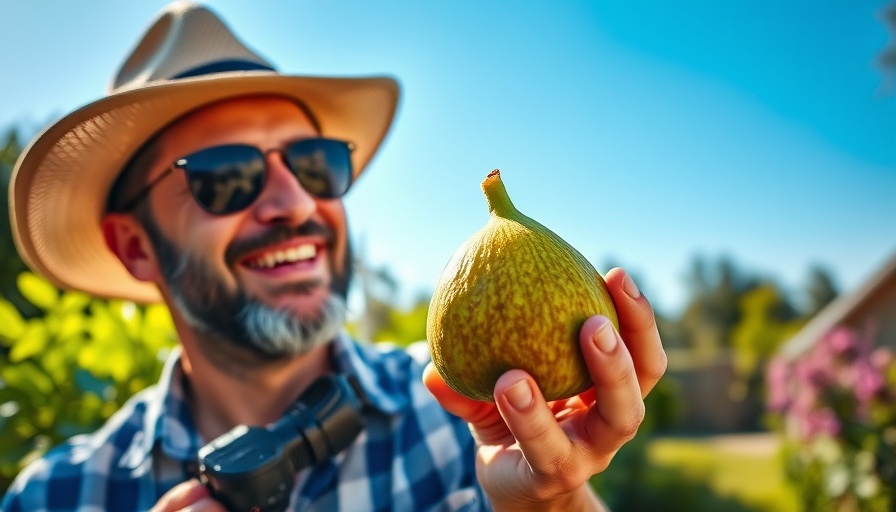
Unlocking the Sweet Secrets of Fresh Figs
Figs are often hailed as the “fruit of the gods,” but if you've tasted them and found them lacking in flavor, you’re not alone. Many gardening enthusiasts struggle with how to make their figs taste better, and the good news is that there are simple strategies you can employ to enhance their sweetness and overall flavor.
In 'How to Make Your Figs Taste Better!', the video dives into effective techniques for enhancing the flavor of figs, sparking our exploration of key gardening strategies.
Understanding Fig Varietals and Their Flavor
When exploring tips on making your figs taste better, it’s essential to consider the variety of figs you are planting. Some varieties are naturally sweeter than others. Common varieties like Adriatic and Kadota are known for their sweetness, while the Brown Turkey might be less flavorful. For gardeners, selecting the right variety based on your climate and taste preferences is the first step toward delicious homegrown figs.
Optimize Growing Conditions for Succulent Fruit
The flavor of your figs is significantly affected by their growing conditions. Ensure your fig trees are planted in well-draining soil, receiving at least 6-8 hours of sunlight daily. If you're unsure about soil quality, consider raising your beds or adding organic compost to enrich the earth. Proper watering is also crucial. Overwatering can lead to bland figs, whereas tucking your trees in during dry spells allows them to focus their energy on producing fruits bursting with flavor.
Harvesting at the Right Time: A Critical Step
One of the most pivotal phases in enhancing fig taste is timing. Harvest figs when they are fully ripe. They should feel slightly soft to the touch, and their skins may show slight wrinkles. Picking your figs too early results in a firm and less sweet fruit. Take the time to observe and understand your figs. Enjoy the meditative practice of waiting for the right moment—it’s a rewarding part of the gardening experience!
Feeding for Flavor: Nutrients Matter
Just like we need nourishment, fig trees thrive on specific nutrients that aid their flowering and fruiting processes. Using fertilizers that are rich in potassium can significantly transform the taste of your figs. Organic options like bone meal and composted manure are great for natural gardening approaches. Furthermore, ensure balanced feeding throughout the growing season but avoid heavy feeding close to harvest time to prevent excess nitrogen which can dilute sweetness.
Sharing the Bounty: Benefits of Eating Fresh Figs
When you succeed in growing delicious figs, the rewards extend beyond taste. Figs are packed with nutrients, offering benefits such as aiding digestion and being rich in antioxidants. They are a healthy addition to your diet that also supports sustainable living by growing your own food. Including fresh figs in your meals—whether in salads, desserts, or enjoyed simply on their own—connects you to the earth while elevating your culinary experience.
To take your gardening journey one step further, try involving friends and family in harvesting and preparing fig-based dishes together. This not only shares knowledge but enhances social connections through the simple act of enjoying fresh, homegrown food.
 Add Row
Add Row  Add
Add 




Write A Comment